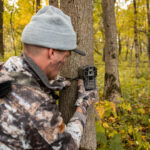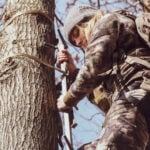Some hunters buy a new bow every year. Others pull the trigger every decade. Neither route is right or wrong. Just make sure you ask all of the right questions before buying the next one.
Where Should I Go to Buy a Bow?
There are several options when looking to buy a new archery rig. Some hunters prefer to purchase bows online. I advise this only for those who are extremely knowledgeable in bow setups, and maintenance. They should also have all of the necessary tools to conduct such work.
Others choose to get their bow at a big box store. These usually have at least one archery pro who runs the department, sets up new bows, etc.
As eluded, the third and final option is to buy a bow from a dedicated archery shop. These are almost always owned and operated by extremely knowledgeable archery gurus, and oftentimes compete (or competed) in professional archery competitions.
Regardless of the route taken, make sure to do some homework before choosing a bow retailer. Oftentimes, shops will sell certain bow brands, but not others. If loyal to a particular archery brand, this too will play a role in retailer selection.
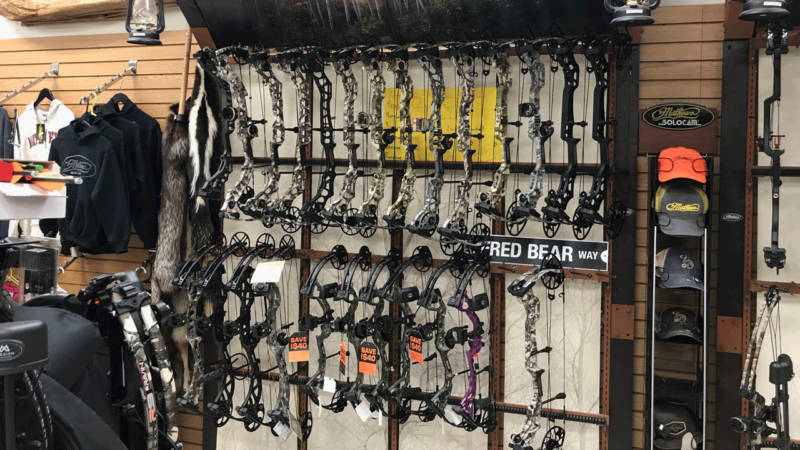
What is my True Draw Length?
One of the most important questions is asking for an accurate draw length measurement. This will help an archery pro to aid in bow selection and setup. A draw length set too long or short leads to inaccuracies and bad habits. Get it right.
How Much Weight Can I Smoothly Pull Back?
Getting to full draw on wild game is difficult. A slow, smooth draw free from jerky movements is almost always necessary. Likewise, an easy draw cycle is critical for accuracy and good archery mechanics, too. Furthermore, a poundage that’s way under one’s capabilities leads to unharnessed energy and arrow speed. That’s why it’s so important for a draw weight setting that’s just right.
What Brace Height Should my Bow Have?
In most cases, a bow with a shorter brace height — such as 6 to 6 ½ inches — is harder to draw than a model with a longer brace height, such as 7 inches. On the flip side, generally, the shorter the brace height, the faster the bow. As is common with many bow specs, it’s a tradeoff.
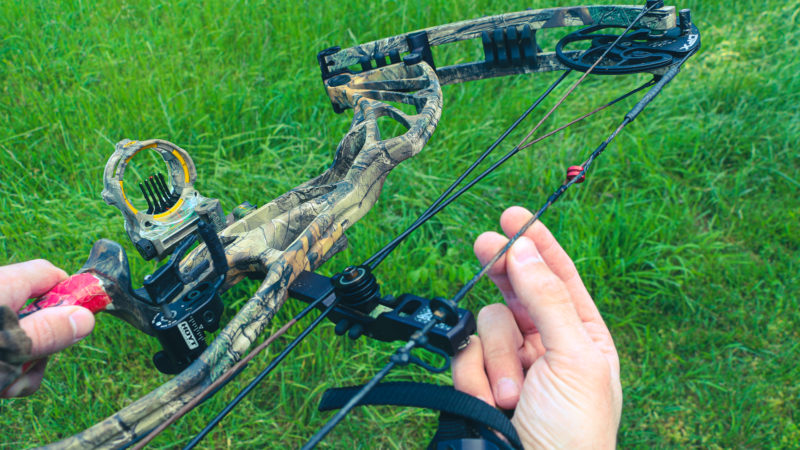
How Long is the Right Bow Length?
The majority of compound bows range from 28-33 inches axle to axle. Shorter and longer bows both offer advantages and disadvantages. For example, shorter bows are better for tight places, such as ground blinds. Determine what expectations, goals, and hunting style will be. Then, you’ll be better prepared to determine the proper length.
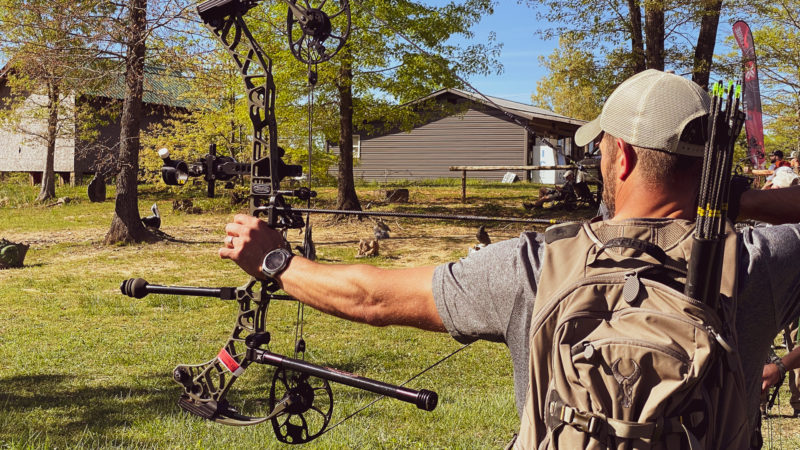
Should I Buy a Heavier or Lighter bow?
Some bows are lighter, and others are heavier. Nonetheless, some say heavier bows are sturdier and easier to balance. Those who are stronger and subscribe to this mentality should perhaps consider a heavier model. Hunters who aren’t as strong, or have long walks afield, hunt way back in the country, or traverse difficult terrain, might consider a lighter option.
How Much Does Speed Matter?
Many hunters want a fast bow. But even the fastest modern compounds aren’t quick enough to beat the string jump. Personally, I’d rather have a quieter bow, even if it’s a little bit slower than its peers. Do you have a need for speed?
Do I Need Someone to Periodically Tune this Bow, or Should I?
Hunters who have the capabilities, knowledge, tools and time can work on their own bows. Those who can’t fulfill all four of those categories, shouldn’t do so until they’ve checked those boxes.
Some bow models are more easily adjusted than others. While many of these require a bow press to make changes, not all do. If you are more apt to do your own bow work, or would like more freedom to make adjustments without the need of a bow press, one of these models might be for you.
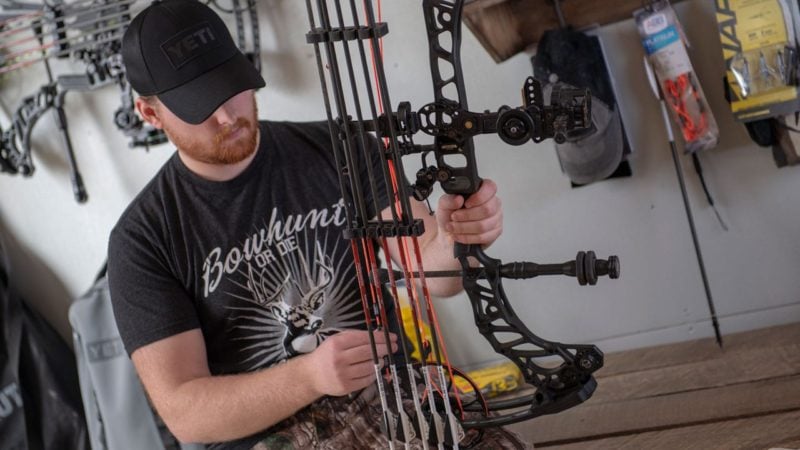
Do I Want Bells and Whistles?
Some bows offer more advanced technologies than others. If you want the best of the best, purchasing an offering with a machined riser and other top-end bonuses is the route to take. If you just want a good bow that shoots straight and kills critters, that might not be as important to you. But stay away from any bow that dings or whistles.
What’s the Price Tag?
Finally, we come down to the biggest question — budget. The modern compound isn’t cheap, especially many of the $1,000-plus flagship models on the market today. Of course, it’s also possible to get new bows that are less expensive. You can get a good one for as little as a few hundred dollars.
Determining where you are on this spectrum, and the spectrum for each of the questions outlined above, is an important task before pulling the trigger and handing over a stack of crisp, green bills. Know what you really want (and need) before you buy something.

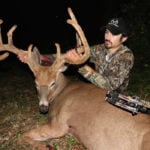 By
By 

